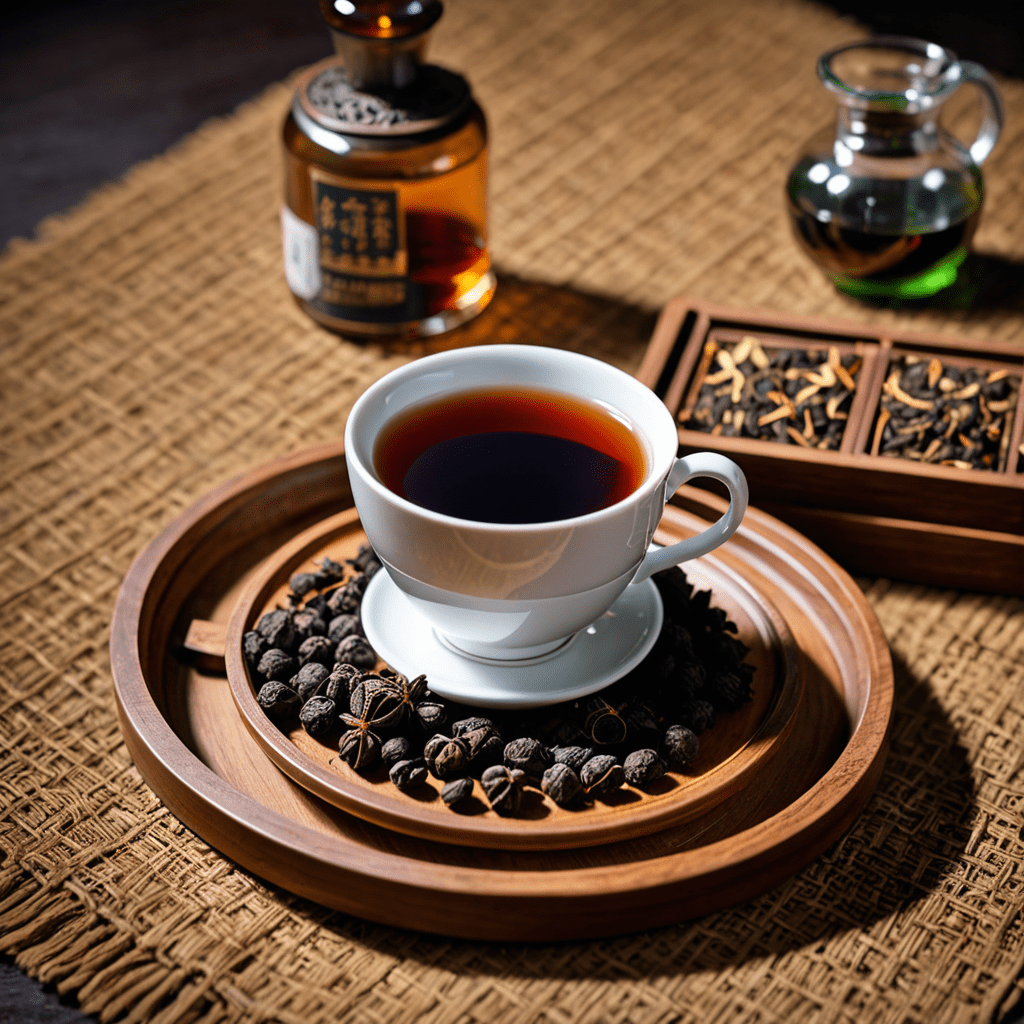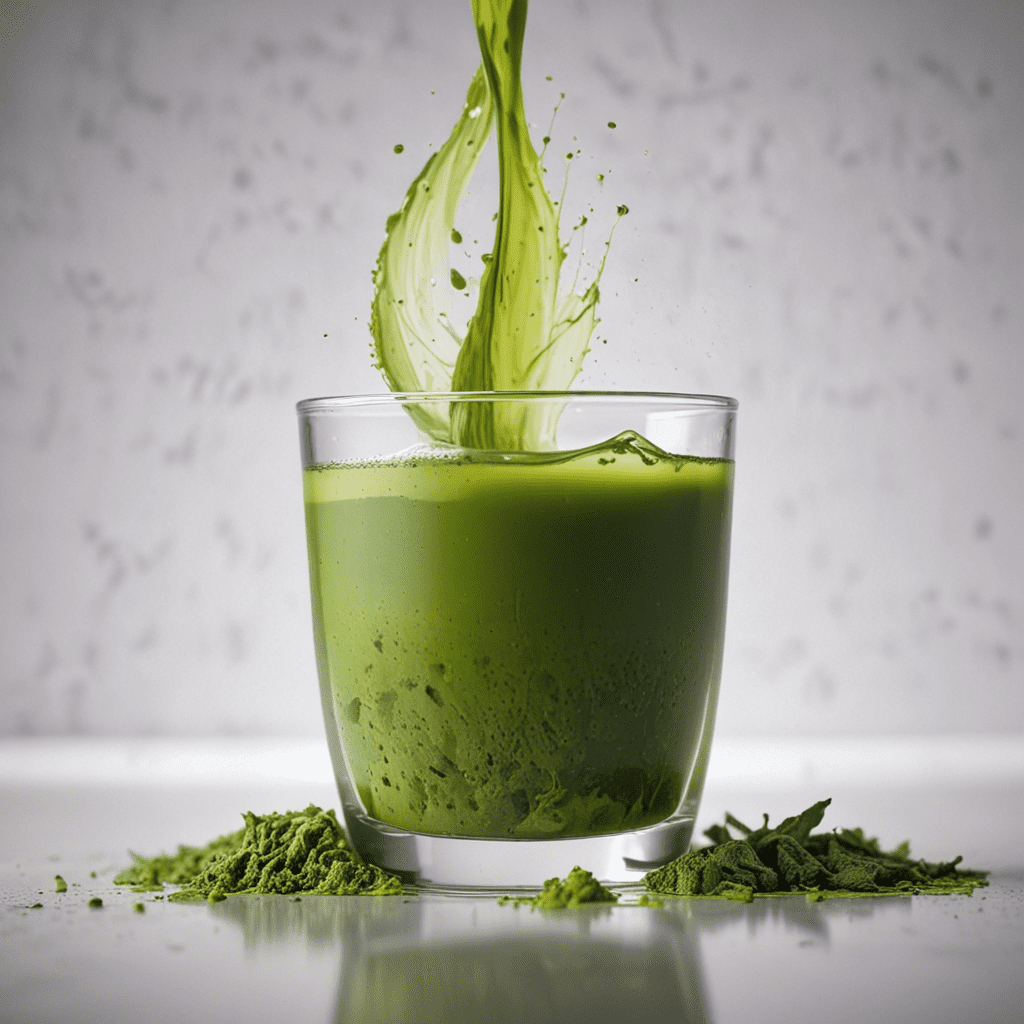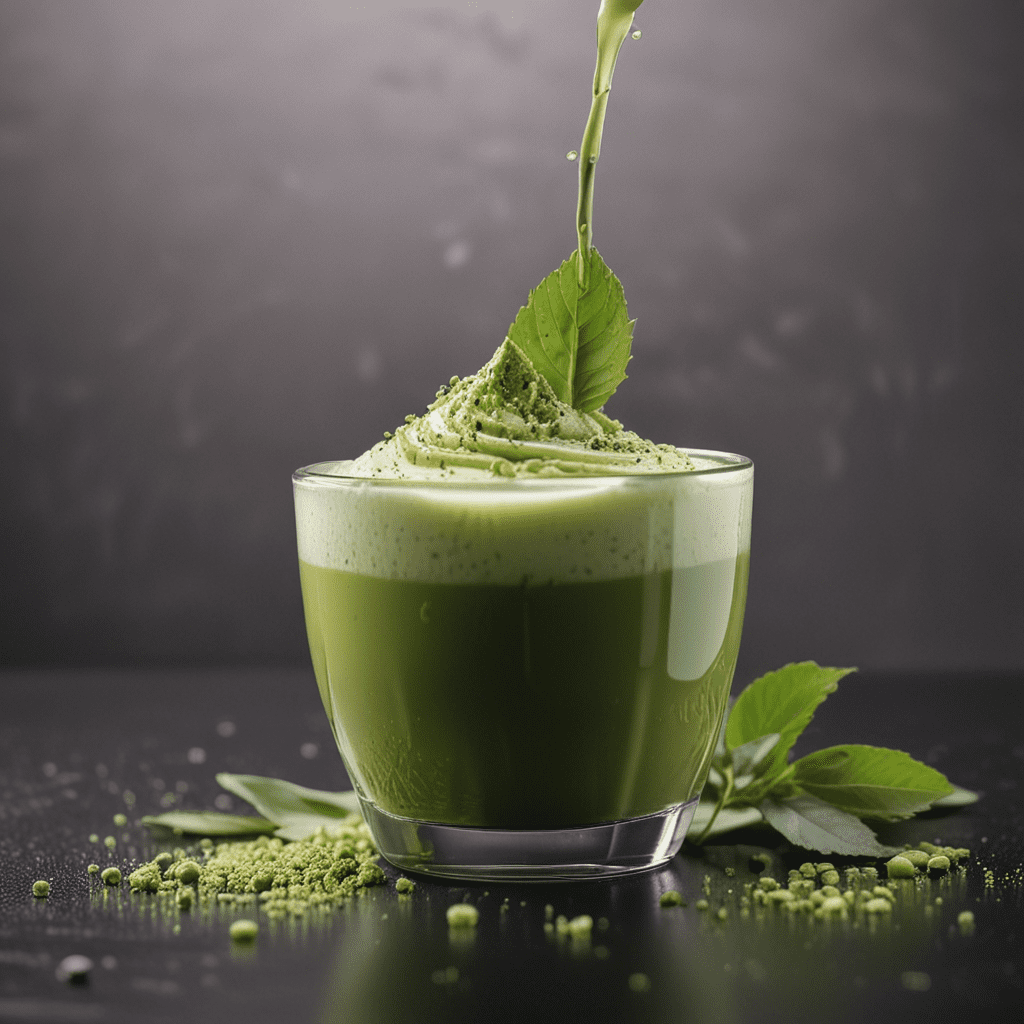
Pu-erh Tea: The Essence of Tea Rituals and Heritage
Pu-erh tea, a beloved Chinese tea variety, holds a significant place not only in the world of tea but also in cultural rituals and heritage. Let’s delve into the enchanting world of Pu-erh tea and uncover its rich history and traditional significance.
The Origins of Pu-erh Tea
Originating from the Yunnan province in China, Pu-erh tea has a history that spans over a thousand years. This fermented tea is known for its unique earthy flavor and medicinal properties. It is often aged to enhance its taste, leading to a complex and aromatic brew.
The Significance in Tea Rituals
Pu-erh tea plays a vital role in Chinese tea ceremonies and rituals. The preparation and serving of Pu-erh tea are steeped in tradition, symbolizing respect, hospitality, and harmony. Each step in the tea-making process is conducted with precision and reverence, making it a deeply spiritual experience.
The Cultural Heritage of Pu-erh Tea
Being an integral part of Chinese culture, Pu-erh tea embodies the essence of tradition and heritage. It is often exchanged as a symbol of goodwill, shared among friends and family during special occasions and celebrations. The tea’s history intertwines with tales of emperors and ancient tea trade routes, adding to its mystique.
Varieties and Brewing Techniques
There are two main types of Pu-erh tea: raw (sheng) and ripe (shou). Raw Pu-erh undergoes a natural aging process, while ripe Pu-erh undergoes accelerated fermentation. The brewing techniques for Pu-erh tea require careful consideration of water temperature, steeping time, and the vessel used to ensure a perfect cup of tea.
Health Benefits of Pu-erh Tea
Besides its rich flavor and cultural significance, Pu-erh tea offers numerous health benefits. It is believed to aid digestion, reduce cholesterol levels, and provide antioxidants that promote overall well-being. Drinking Pu-erh tea is not only a sensory delight but also a way to embrace a healthier lifestyle.
Preserving a Time-Honored Tradition
In a world dominated by fast-paced living, the ritual of preparing and enjoying Pu-erh tea serves as a reminder of the importance of mindfulness and appreciation of the present moment. By preserving the tradition of Pu-erh tea, we honor our past and pass down a timeless art to future generations.
What is Pu-erh Tea?
Answer:
Pu-erh tea is a type of fermented tea produced in the Yunnan province of China. It is known for its unique earthy flavor, smooth taste, and potential health benefits. Pu-erh tea can be either raw (sheng) or ripe (shou), with each type undergoing a different fermentation process.
How is Pu-erh Tea Linked to Tea Rituals?
Answer:
Pu-erh tea has a deep-rooted connection to tea rituals and ceremonies in Chinese culture. It is often brewed and served in special teaware such as Yixing clay teapots or gongfu tea sets. The preparation and consumption of Pu-erh tea are seen as a way to appreciate its taste, aroma, and the heritage of tea culture.
What is the Heritage of Pu-erh Tea?
Answer:
The heritage of Pu-erh tea can be traced back centuries to ancient tea-growing traditions in Yunnan. It is considered a cultural treasure with ties to the history of tea trading along the Ancient Tea Horse Road. Pu-erh tea holds cultural significance as a symbol of hospitality, friendship, and respect in Chinese society.


